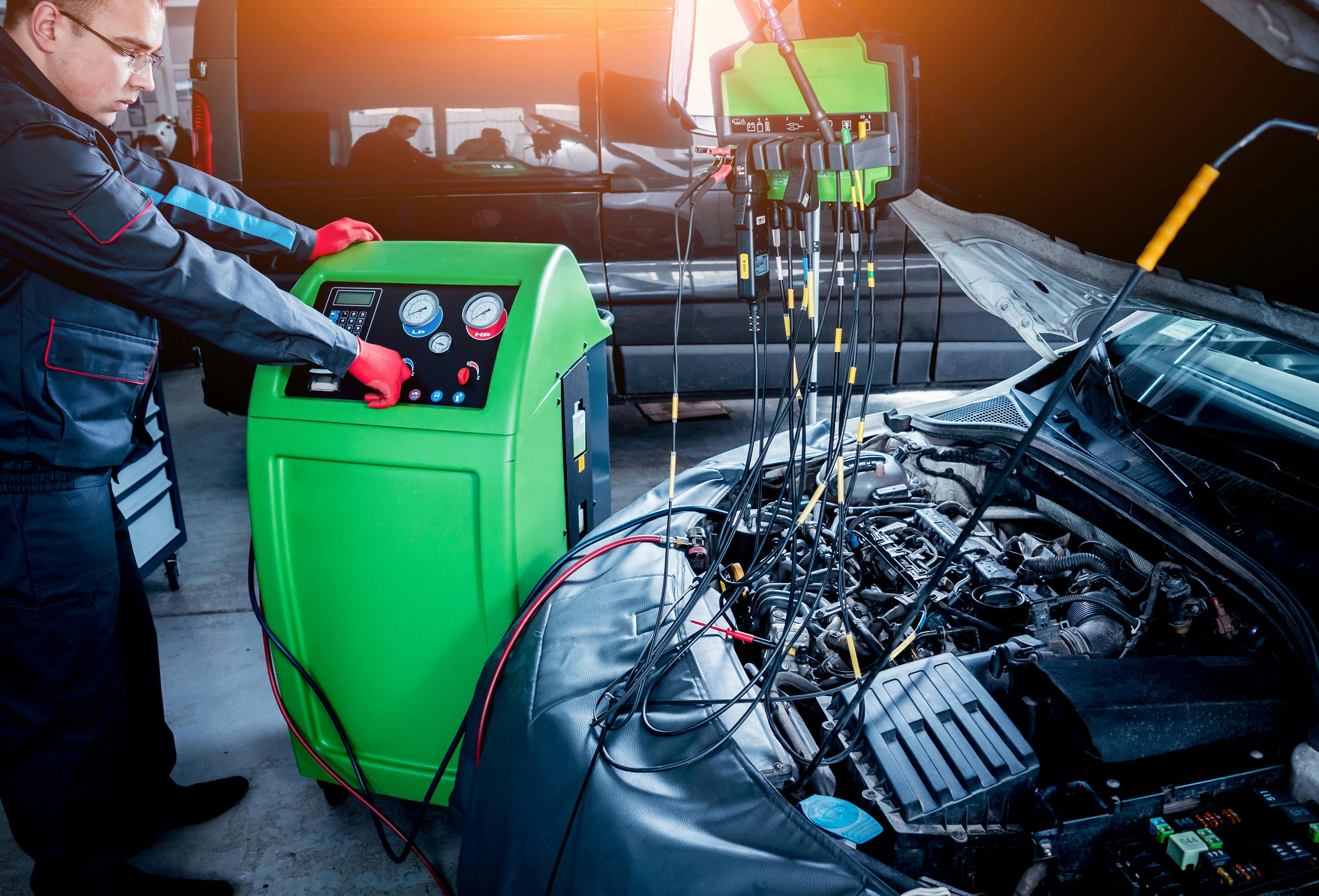How to test a cars air-conditioning system

Sadly, the only test the average car owner can do is to switch on the air conditioning system to see if it works- or not.
In practice, regular service and repairs on modern air conditioning systems can only be done by suitably certified mechanics. This is not because air conditioning systems are complicated. It is because all air conditioning refrigerants are harmful to the atmosphere, although modern refrigerants are less harmful than older types.
Therefore, only suitably certified technicians are legally allowed to perform car air conditioning repairs. Moreover, most modern car air conditioning systems are controlled by computers. This means that the air conditioning systems on most cars can only be diagnosed with diagnostic computers. So how would a technician test an air conditioning system that does not work?
This largely depends on the nature of the problem, but here is what a technician will typically do-
- The technician will scan the air conditioning system for fault codes
- Depending on the trouble codes he finds, the technician will make the required repairs
- If the refrigerant gas pressure is too low, the technician will use a special UV light to search for leaks. A/C refrigerant contains a dye that glows under UV light. This method does not always pinpoint leaks exactly, but the glowing dye is always a good indicator of where to start looking for refrigerant leaks
- The technician will then and make repairs as required to fix the leak(s)
- If the air conditioning system must be recharged, the technician will use a special machine to "suck" all the current refrigerant, oil, and dye out of the system. Note that this machine will also identify the type of refrigerant in the system. This is required to ensure that the correct type of refrigerant is used to recharge the system
- The machine will then create a vacuum in the A/C system to check that there are no more leaks. If leaks are still present, the vacuum will not remain constant
- If the system passes the vacuum test, the machine will inject the correct amount of the correct refrigerant into the system. It will also inject the correct type and amount of lubricant and dye at the same time
- The technician will clear all stored trouble codes, and then test the system to make sure it works correctly
Note that the above steps describe a general overview of A/C system diagnostics. The actual car air conditioning repair steps any technician takes depend on both vehicle make and model, and the nature of the failure.
